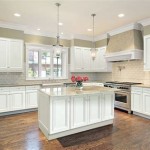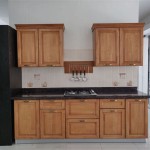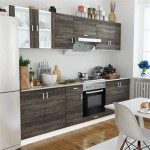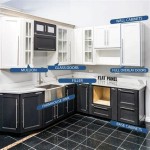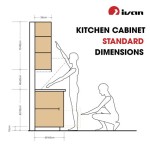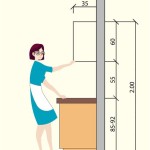What Size Is A Kitchen Unit: Essential Aspects to Consider
When designing or renovating a kitchen, it's crucial to understand the different sizes available for kitchen units. Kitchen units come in various dimensions to suit specific storage and functionality needs. Each aspect plays a significant role in determining the overall layout, accessibility, and aesthetics of your kitchen.
This article explores the essential aspects of kitchen unit sizes, providing a comprehensive guide to help you make informed decisions. By understanding these factors, you can create a kitchen that meets your functional requirements, optimizes space utilization, and complements your personal style.
Essential Aspects of Kitchen Unit Sizes
1. Width
The width of a kitchen unit determines how much storage capacity it offers. Standard widths typically range from 300mm to 1200mm, with taller units such as pantries and larder units being wider.
2. Height
The height of a kitchen unit affects the accessibility and ergonomics of your kitchen. Base units are usually 850-900mm high, while wall units range from 300mm to 1000mm in height. Consider your height and reach when choosing unit heights.
3. Depth
The depth of a kitchen unit determines the amount of space it takes up in your kitchen. Standard depths range from 300mm to 600mm, with worktops typically being 600mm deep.
4. Space Between Units
The space between kitchen units creates visual interest and allows for easy movement. Standard gaps are usually 600mm for base units and 450mm for wall units.
5. Plinth Height
The plinth height is the height of the kickboard below base units. It typically ranges from 70mm to 150mm, providing a toe recess and concealing the legs of your units.
6. Corner Units
Corner units make efficient use of space, offering additional storage capacity in corners. They come in various configurations, such as "L" shapes, "U" shapes, and carousel units.
7. Appliances
The size of your kitchen appliances, such as ovens, fridges, and dishwashers, can影響 the layout and size of your kitchen units. Ensure that there is sufficient space around appliances for ventilation and accessibility.
Conclusion
Understanding the essential aspects of kitchen unit sizes empowers you to design a functional, stylish, and well-organized kitchen. By considering width, height, depth, space between units, plinth height, corner units, and appliance sizes, you can create a kitchen that meets your specific needs and preferences.
Remember, these aspects are interconnected, so it's crucial to approach kitchen unit selection with a holistic view. By carefully considering each factor, you can create a kitchen that is not only practical but also aesthetically pleasing.

Kitchen Unit Door Combinations

Base Cabinet Size Chart Builders Surplus Modular Kitchen Cabinets Sizes

Kitchen Wall Cabinet Size Chart Builders Surplus Cabinets Sizes Dimensions

Kitchen Unit Door Combinations

N Standard Kitchen Dimensions Renomart

Wall Cabinet Size Chart Builders Surplus
Guide To Kitchen Cabinet Sizes And Dimensions

Get Perfect Kitchen Cabinet Measurements With These 5 Easy Steps
-8165-p.jpg?strip=all)
Pine Traditional Style 2 Door Kitchen Base Unit 1000mm Wide

N Standard Kitchen Dimensions Renomart
Related Posts

